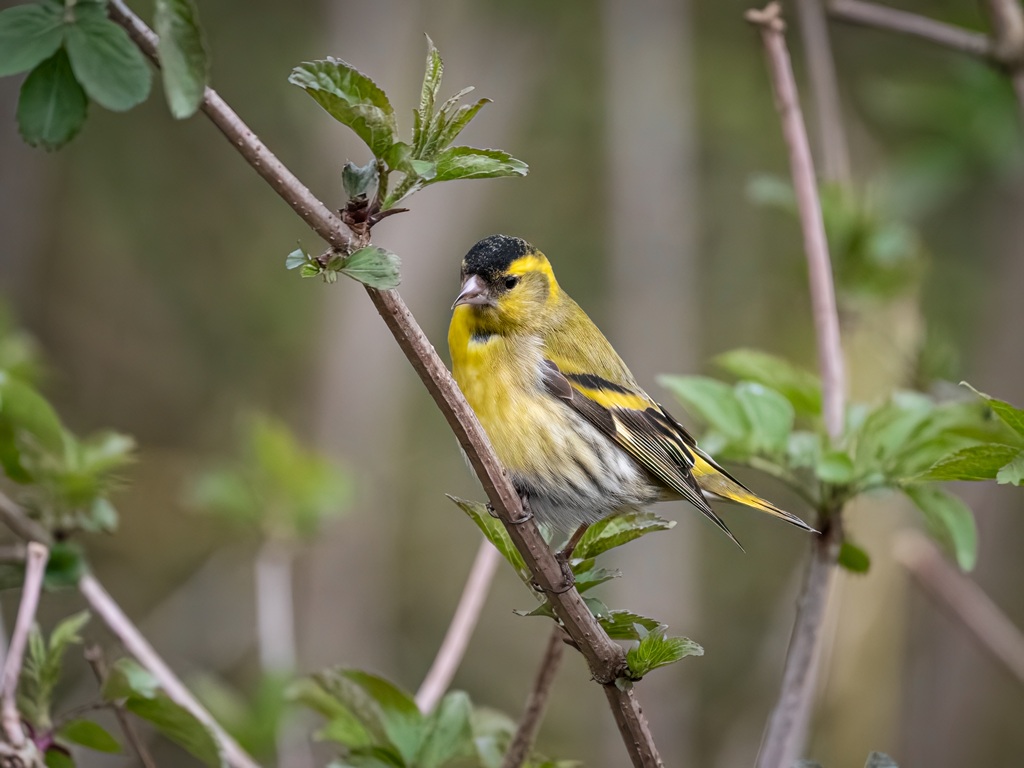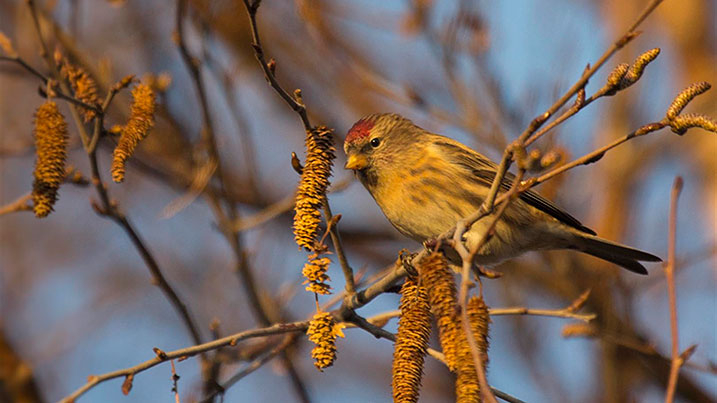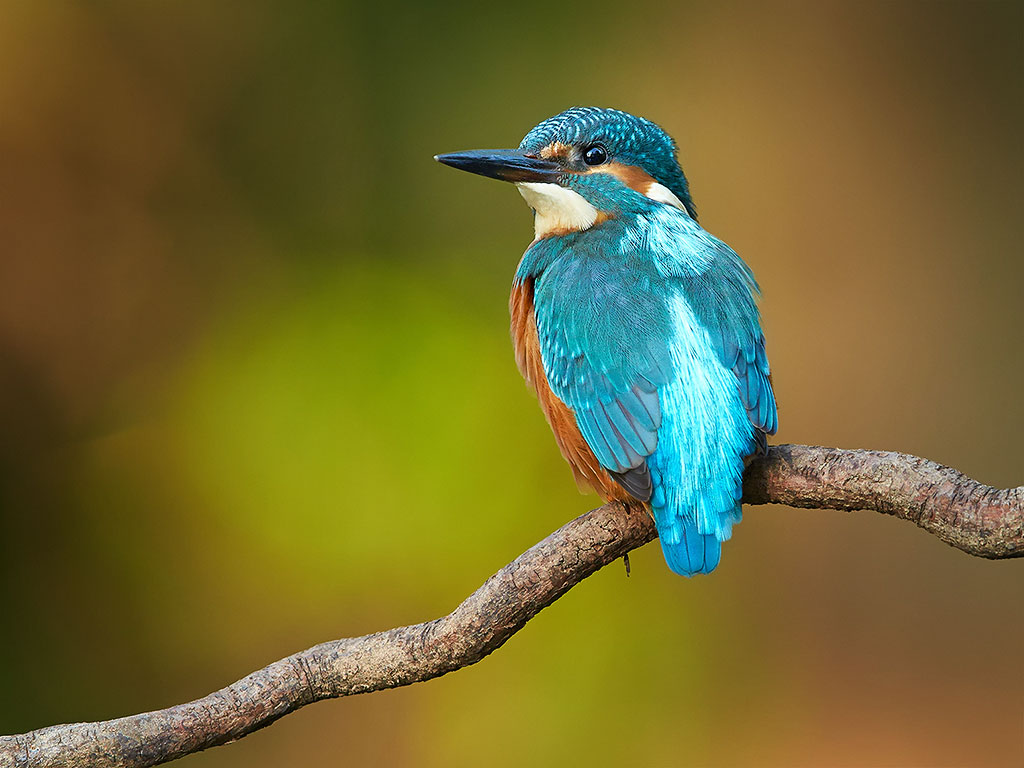23rd November
Refuge Light bellied brent now down to 500 within the estuary gathering close to the Limekiln Observatory at high-water. Wigeon similarly reduced to approximately 130 with northern shoveler [...]
Refuge
Light bellied brent now down to 500 within the estuary gathering close to the Limekiln Observatory at high-water. Wigeon similarly reduced to approximately 130 with northern shoveler up to 38, shelduck now approaching 1000 and up to 320 eider regularly seen south of Castle Espie’s pier. A flock of 200 whooper swans were in front of the Brent Hide on 20th with a single Greenland white-fronted goose and a single pink footed goose on the same day. Other WeBS records include 1100 oystercatcher, 410 black-tailed godwit, 55 bar tailed godwit, 270 redshank, 8 greenshank, 500 knot, 245 dunlin , 290 curlew, 70 golden plover, 4 grey plover and a single adult ruff
Reserve
Tufted duck increased steadily mid month almost doubling in numbers to 50 while mallard are showing signs of dispersal ranging from 240-500. Up to 20 gadwall continue to frequent the Crannog lagoon joined by a small flock of shelduck on 9th not normally seen on the reserve until springtime. A late cut stubble field adjacent to the Wader Marsh has been attracting up to 450 black-tailed godwit which have in turn been using the marsh as a high-water and nocturnal roost along with up to 200 redshank. Small numbers of greenshank and curlew have also been regular both on the Wader marsh and the Saline lagoon. Up to five little grebes are now on the reserve and are most regular on the Crannog or Saline lagoons. Little egret are regular at high water with a maximum of 20 recorded towards dusk on 17th. Other recent records include flocks of up to 60 linnet on the seawall, smaller flocks of goldfinch and small numbers of long tailed tit and bullfinch.



